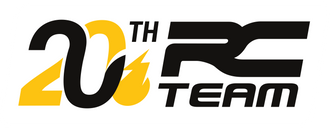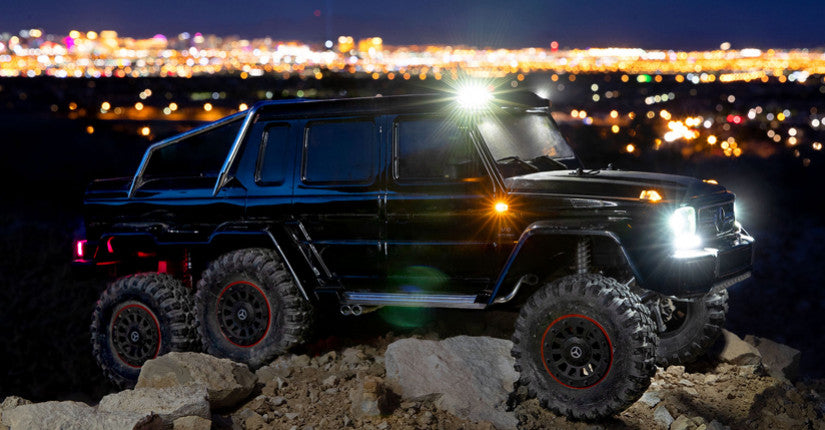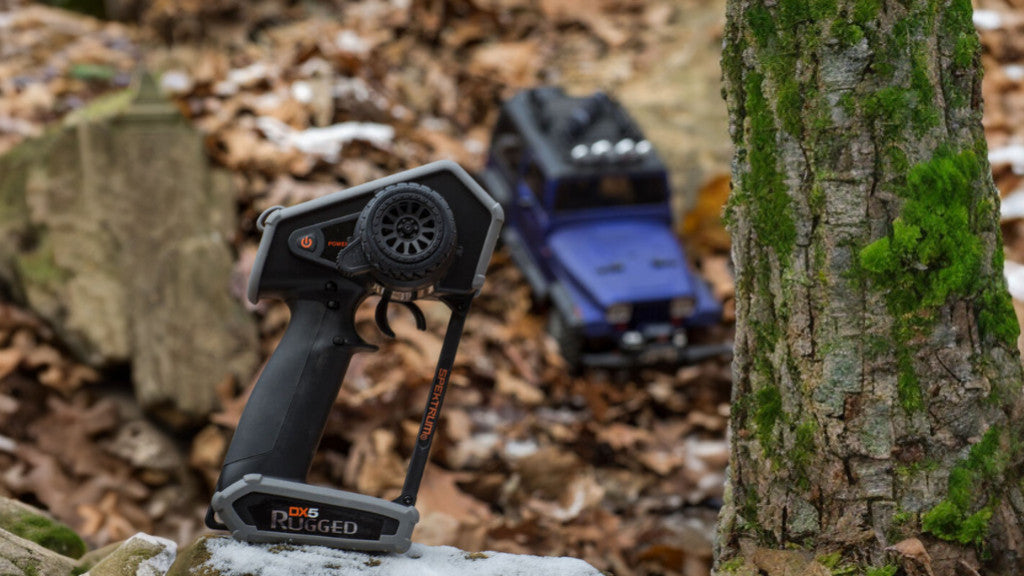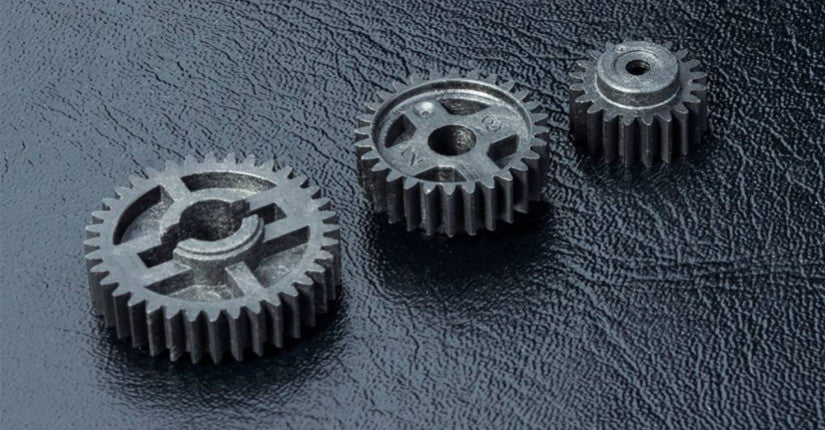Installing an LED-based lighting kit is a great way to show off your RC car and have fun driving it at night. You can buy your LEDs individually and create your own lighting system by mounting them with resistors, but there are also ready-to-use LED packs that you simply install and then connect to the receiver to illuminate your radio-controlled vehicle .
Which LED pack should I choose for my RC?
There are different ways to install lighting on your car: lighting kits for each car model, universal lighting kits and DIY LED parts. A manufacturer's kit designed for a particular model is often provided with installation instructions, so we will focus on the case of universal LED packs.
Here are the types of universal lighting packages you can find:
- Basic kits - the lights come on as soon as you start your car.
- Kits with a switch - you can decide whether or not to turn the lights on using a push button.
- Advanced kits - lighting is controlled from the radio control (3 channels minimum).
- Kits with controller - LEDs light up very realistically: brake, turn signal, etc.
The simplest way to install headlights on your vehicle when starting out in RC modeling is to choose a basic kit or a complete kit offered by the manufacturer.

How to install lighting on your car?
Step 1: Drill the bodywork
The first step is to arrange your bodywork so that it can accommodate the LED supports . We advise you to always drill holes slightly smaller than your supports, even if this means enlarging them little by little so that they are well fixed to the bodywork and to use tools specially adapted for cutting lexan .
Step 2: Install the LED brackets
The LED supports , also called “ Light buckets ”, must be screwed or glued to the locations you have provided in the bodywork. They are used to accommodate the LEDs and direct their light beam but also to accentuate the realism of the car, moreover, you can paint them.
Step 3: Attach the LEDs
Now that you have installed your brackets in the bodywork, you can attach your LEDs. These are placed in the Light buckets using screws or a glue point.
Step 4: Secure the cables
Route the wiring along the bodywork and secure it using adhesive tape. If your body is equipped with a windshield and transparent windows, make sure that the cables are not visible from the outside.
Step 5: Connect your LEDs
Once the lights are installed and the wires are secured, remove the receiver cover to gain access. Connect the LEDs to the receiver on a free channel. Reinstall the receiver cover and double-check that all wires and connectors are secure and not obstructing anything. That's all !
Now when you plug in your battery and turn on your RC vehicle, the lights will turn on automatically. When you turn off your vehicle, the lights also turn off. It really is that simple. Your RC vehicles will look amazing and help keep everyone safe when driving at night .




